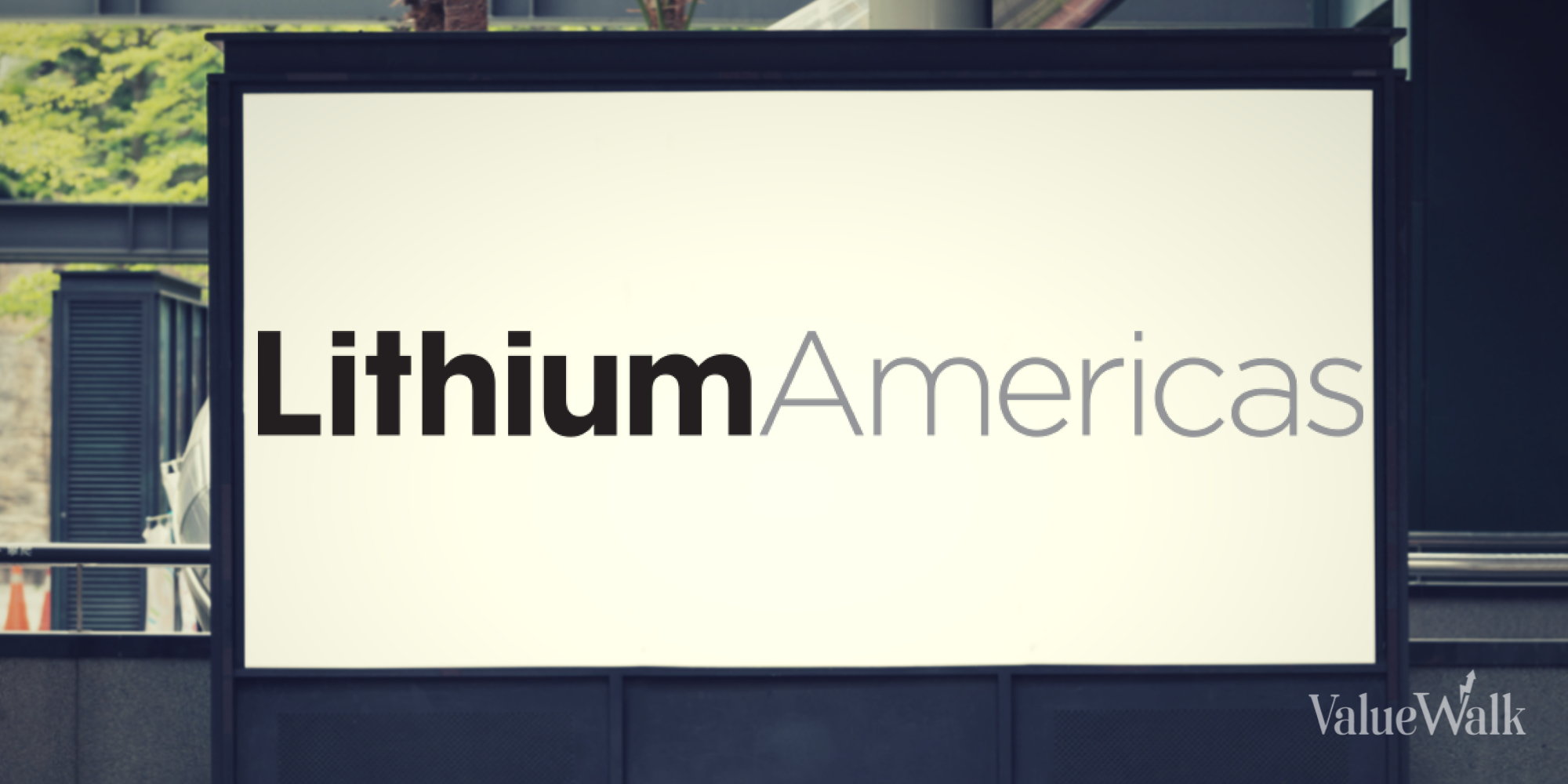Think back to 1986 and 2011. If you’re a seasoned uranium futures trader, you will know the significance of these years, although most people won’t have a clue. If the current trend in uranium continues, 2024 could be another historic year for a commodity that’s usually under the radar but is suddenly popping up in the headlines.
To recap, the Chernobyl nuclear meltdown took place in Russia (the Soviet Union, at that time) in 1986, and the Fukushima nuclear disaster occurred in Japan in 2011. Those two terrible incidents gave nuclear energy a “bad rap,” as the saying goes.
We can debate all day long whether this “bad rap” is deserved or not, but today’s focus will be on investment opportunities. Is there value now in recently explosive uranium stocks? That’s the billion-dollar question, so let’s start by taking stock of recent moves in the spot uranium price, which will naturally affect all uranium-market stocks and exchange-traded funds (ETFs) in 2024.
Taking an unexpected trip abroad
To understand what’s going on in the sphere of uranium and nuclear energy, you’ll have to look outside of North America. It won’t be much of a pleasure trip, but when conducting your due diligence, you have to go wherever the action is.
Our first stopover will be in France, which hasn’t traditionally been amenable to nuclear-power proliferation. Indeed, France has been among the vanguard nations that promote solar, wind and other clean-energy sources.
However, France may be on the cusp of redefining clean energy sources to include nuclear power. Tough times require a certain measure of flexibility, but France’s recent about-face concerning nuclear energy is practically unheard of.
Believe it or not, a high-profile pro-nuclear bill is currently working its way through the French government’s highest levels. The bill would provide for six to 14 new nuclear reactors and promotes the “sustainable choice of using nuclear energy as a competitive and carbon-free” electricity source.
There’s no guarantee that this bill will become the law of the land, but it’s a sign that governments in Europe and elsewhere may turn to nuclear power to shore up their energy independence. Yet, while global demand for uranium may soon be on the rise, it’s the supply side of the equation that’s really sending the spot uranium price soaring.
Now it’s time to visit Eastern Europe’s Kazakhstan, where NAC Kazatomprom, the largest producer of uranium on the planet, warned that it will be difficult to achieve its 2024 and 2025 goals for uranium production. The company didn’t update its production guidance, but it did observe challenges in sourcing the necessary sulfuric acid to extract uranium.
Uranium: “The squeeze is on”
Thus, we’ve learned two things on our unusual two-stop jaunt. First, the global demand for uranium could increase if typically reluctant governments change their stances on nuclear power. Second, a key uranium producer probably won’t meet its previously stated production targets.
These factors were evidently enough to push the spot uranium price above $100 not long ago. The exact price is a constantly moving target, but uranium watchers lit up social media on Monday with breathy posts like this one:
I can’t vouch for the accuracy of any reported uranium prices, but it’s fair to declare that the spot price exceeded $100 and stayed there for the three-day weekend at least.
Thus, to borrow the succinct verbiage of Jefferies analysts, “The squeeze is on.”
It’s not inconceivable that the “squeeze” will continue as uranium still has some headroom, at least in theory. Spot uranium’s all-time per-pound high occurred in June 2007 at a lofty $136.
How to invest in uranium stocks/ ETFs
When it comes to buying commodity-related stocks and ETFs, what’s more important than “how” is the question of “how much.” I’m certainly not against the idea of buying uranium stocks and funds now, but any and all position sizes should be very small.
Along with proper position sizing, another way to hedge against volatility is to diversify. Putting your eggs all in one basket is asking for trouble in the commodities markets.
Consequently, investors might consider starting off with a few shares of the Global X Uranium ETF (NYSEARCA:URA) and the Sprott Uranium Miners ETF (NYSEARCA:URNM) for general uranium-market exposure. To that, they can add a handful of shares of Canada-based Cameco (NYSE:CCJ) and U.S.-headquartered Uranium Energy Corp. (NYSEAMERICAN:UEC).
Some intrepid investors might even consider investing in NAC Kazatomprom, which trades in the U.S. through shares of the Joint Stock Company National Atomic GDR (OTCMKTS:NATKY).
Hence, as long as you’re careful and conduct your due diligence, you can get portfolio exposure to a uranium bull market that might just be in its early innings.
Disclaimer: All investments involve risk. In no way should this article be taken as investment advice or constitute responsibility for investment gains or losses. The information in this report should not be relied upon for investment decisions. All investors must conduct their own due diligence and consult their own investment advisors in making trading decisions.





